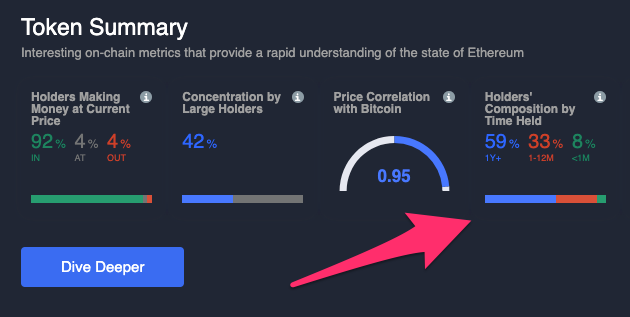Cupid's Hookup Guide
Unlock the secrets to modern dating with our insightful tips and advice.
Decoding the Blockchain: On-Chain Transaction Analysis Unplugged
Unlock the secrets of the blockchain! Dive into on-chain transaction analysis and discover insights that could change your understanding.
Understanding On-Chain Transactions: A Beginner's Guide
Understanding on-chain transactions is essential for anyone venturing into the world of blockchain and cryptocurrency. These transactions occur directly on the blockchain, ensuring transparency and security through decentralized verification. When a transaction is initiated, it is bundled into a block, which is then added to the blockchain by a network of validators or miners. This process creates an immutable record that is visible to all participants, thereby enhancing the trustworthiness of the digital transaction.
For beginners, it’s important to grasp some fundamental concepts related to on-chain transactions. Here are a few key aspects to consider:
- Transaction Fees: Each on-chain transaction typically incurs a fee, paid to incentivize miners to include it in the next block.
- Confirmation Time: The time it takes for an on-chain transaction to be confirmed can vary based on network congestion.
- Security: On-chain transactions benefit from the cryptographic security inherent to blockchain technology, making them resilient to fraud.
By understanding these components, new users can navigate the world of cryptocurrency with greater confidence.

Counter-Strike is a highly popular team-based first-person shooter that has garnered a massive following in the gaming community. Players engage in various game modes, focusing on objectives like bomb defusal or hostage rescue. For those looking to enhance their gaming experience, consider checking out the bc.game promo code for exclusive offers.
The Anatomy of a Blockchain Transaction: What Happens Behind the Scenes?
A blockchain transaction is a complex process that involves multiple steps to ensure security, accuracy, and consensus. When a user initiates a transaction, their request is broadcasted to a network of nodes that validate and verify the transaction details. These nodes are equipped with a **copy of the entire blockchain**, allowing them to check whether the sender has sufficient funds and whether the transaction adheres to the network's rules. Once verified, the transaction enters a pool of unconfirmed transactions, awaiting confirmation by miners.
The next crucial step occurs when miners select transactions from the pool to include in a new block. They compete to solve a difficult cryptographic puzzle, and the first miner to succeed adds the new block to the blockchain. This process not only confirms the transactions but also secures the network against fraud and double-spending. After the block is added, all nodes are updated with the changes, ensuring transparency and integrity. As a result, the entire life cycle of a blockchain transaction—from initiation to confirmation—occurs in mere seconds, showcasing the efficiency and robustness of this revolutionary technology.
Top 5 Tools for Analyzing On-Chain Data Effectively
On-chain data analysis is crucial for anyone looking to gain insights into blockchain networks. With the plethora of available tools, selecting the right ones can be challenging. In this article, we will explore the top 5 tools for analyzing on-chain data effectively, each offering unique features to help you make informed decisions. From wallet tracking to transaction history analysis, these tools cater to different needs and can significantly enhance your understanding of blockchain activity.
- Glassnode: A powerful analytics platform that provides real-time on-chain market intelligence, offering insights into network activity, wallet distributions, and market cycles.
- Chainalysis: Renowned for its compliance capabilities, it helps users detect and prevent fraud while offering deep insights into blockchain transactions.
- Token Analyst: Focused on providing data regarding token movements, it helps users track the performance and liquidity of various cryptocurrencies.
- Etherscan: This widely used Ethereum explorer allows for detailed analysis of transactions, smart contracts, and token interactions on the Ethereum blockchain.
- Dune Analytics: A unique platform allowing users to create custom dashboards using SQL queries, enabling deeper insights into on-chain metrics.